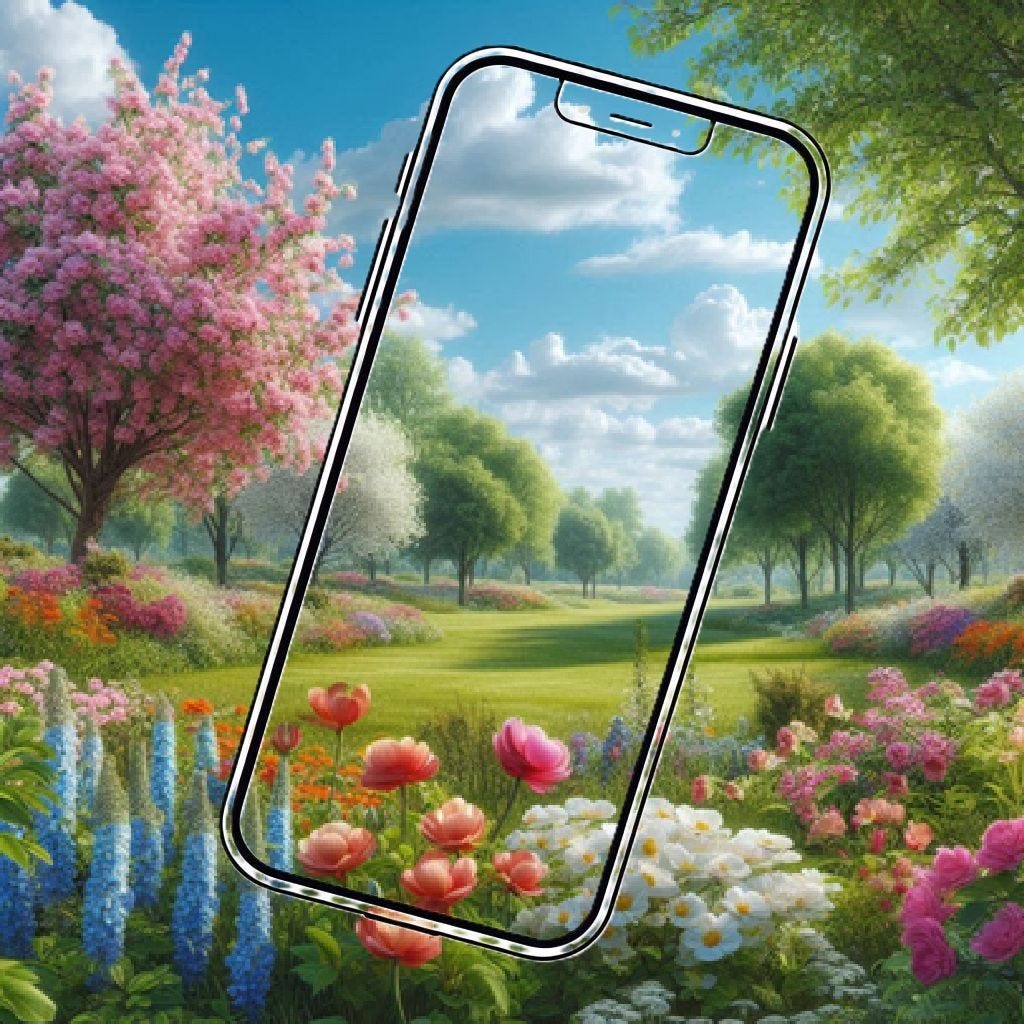New iPhone 16e
Few days ago Apple presented a powerful new member of the iPhone 16 family - iPhone 16e. The “budget” phone delivers a flagship-like performance and targets the mid-range market. Comparing the iPhone 16e with the iPhone 16 - what are the strength of the new budget phone?
Both iPhone 16 and iPhone 16e share IP68 dust/water resistance and aerospace-grade aluminum frames. However, the iPhone 16e keeps the notch design from 2020-2022 instead of adopting the Dynamic Island interface. Both models have rather identical button layouts except for the Camera Control shortcut button missing in the iPhone 16e.
Technical aspects: Processor
iPhone 16e is powered by Apple’s latest-generation A18 chip, the same processor powering Apple's premium iPhone 16 standard and Pro models. The processor ensures fast, smooth performance, incredible power efficiency and is compatible with the Apple Intelligence. In addition, the 8GB RAM enables seamless multitasking across productivity apps and graphically intensive games. However, the iPhone 16e has only a four-core graphics processing unit (GPU) compared to the iPhone 16’s more powerful five-core GPU. So the iPhone 16 should be the slightly smoother handset when it comes to gaming. The standard model also retains Qualcomm's Snapdragon X75 5G modem versus Apple's first-generation C1 modem in the new 16e. The Apple’s C1 modem might be slower but should consume less energy.
Display
The iPhone 16e display is the 6.1-inch Super Retina XDR OLED panel with 1170×2532 resolution (~457 PPI) having the dual-domain pixel alignment to maintain color accuracy at wide viewing angles. The real-world testing shows the 16e's display sustains only 800 nits under direct sunlight compared to the standard model's 1000 nits performance. The refresh rate is capped at 60Hz. The display incorporates Apple's Ceramic Shield composite glass which withstands falls much better that the conventional phone glass.
Cameras
Apple writes that iPhone’s powerful camera system is just perfect for capturing everyday moments and important memories, including in Night and in Portrait modes. The main 48MP Wide camera with ƒ/1.6 aperture and sensor-shift optical stabilization produces 12MP photos with improved dynamic range. However, the iPhone 16 standard model has 48-megapixel and the extra 12-megapixel ultra-wide sensor. The sensor also enables Apple's Photonic Engine computational photography system, which applies machine learning separately to each lens' input before combining outputs - a process just impossible on the single-camera iPhone 16e. This becomes noticeable when taking landscape photos (especially for shooting panoramas) and provides greater range of zoom options.
Other extras exclusive to the iPhone 16 include macro photography (for shooting small insects), Spatial photos and videos, better Cinematic mode and Action mode for smooth sports videos. Some of these modes are designed for and will be noticed by the devoted photographers. Both models share the same 12MP front camera system.
MagSafe
First introduced in 2006 for MacBook power connectors, MagSafe's magnetic breakaway mechanism reduced laptop damage from tripped cables. Apple adapted the concept for smartphones in 2020 for a wireless power transfer and accessory-attachment standard based on the Qi standard, introduced with the iPhone 12. This created a new peripheral ecosystem spanning charging docks, battery banks, wallet attachments, LED ring lights and game control panels. While not essential for basic smartphone operation MagSafe became a standard functionality for many cell phone accessories during the last five years. In order to save costs Apple has not included MagSafe into iPhone 16e. This decision limits the convenience accessories provide and forces users to adopt bulkier clip-based solutions for car mounts and battery packs.
More details about the iPhone 16e in comparison to the standard iPhone 16 is provided in the table below.
Should You Buy?
The iPhone 16e the first Apple's budget model to incorporate the flagship-grade processing and AI capabilities. However, strategic omissions in camera hardware, display technology, and accessory compatibility create clear differentiation from the premium models. Priced 20% below the standard iPhone 16 while retaining more than 80% of its computational performance the device should be seen as the valuable, less expensive model - perfect for any casual user to access the Apple service ecosystem.

